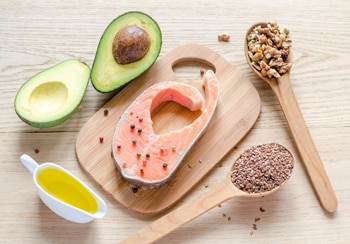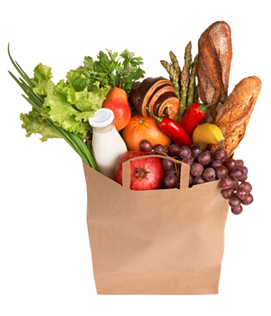Recipes for Diabetes Patients
Nutrition and physical activity are important parts of a healthy lifestyle when you have diabetes. Along with other benefits, following a healthy meal plan and being active can help you keep your blood glucose level, also called blood sugar, in your target range. To manage your blood glucose, you need to balance what you eat and drink along with physical activity and diabetes medicine if you take any. What you choose to eat, how much you eat, and when you eat are all important in keeping your blood glucose level within limits.1
Does diabetes mean going without foods you enjoy?You may worry that having diabetes means going without foods you enjoy. The good news is that you can still eat your favorite foods, but you might need to eat smaller portions or enjoy them less often.1
What types of foods should you eat?Eat a variety of healthy foods from all food groups, like:1
- Vegetables and fruits
- Grains
- Milk products
- Meat products
| Meal type | Food product |
|---|---|
| Breakfast |
|
| Mid morning | 1 fresh fruit (a small apple) or 1 cup buttermilk |
| Lunch | 1-½ cups brown rice or 2 small roti with ½ cup brown rice + 1 cup sambar or dal + 1 cup rasam + 1 cup green beans curry + shredded carrot salad with lemon juice + ½ cup fat-free yoghurt + 1 small roasted papad |
| Evening snacks | ½ cup dry grain mix (made with puffed rice or puffed wheat) or 4–5 almonds + 1 cup coffee with low-fat milk |
| Dinner |
|
| Bedtime | 1 cup skim milk (100 mL) |
Some healthy eating ideas to make South Indian Cuisine more healthy:
-
Starches:
- Steamed low-fat idlis. Avoid idlis topped with a lot of oil
- Dosa cooked with minimum oil, and avoid dosa roasts using extra oil or butter
- Upma made with cracked wheat/quinoa/poha. Avoid oil or ghee with upma
Vegetable dishes:
- Eat stir-fried green vegetables such as cabbage curry/pallya, and avoid fried potato curry with excess oil
- Eat mixed vegetable kootu with minimal coconut, and avoid aviyal with a lot of coconut/potato/plantain
-

-
Red meat alternatives:
- Dal or kootu or sprouted moong dhal. Avoid dal with excess ghee or oil
- Eat dal adais with controlled oil and added veggies. Avoid dal adais with excess oil
- Eat pan-fried fish (cooked with little oil and spices). Avoid fried chicken and fried fish in coconut sauce
Dairy:
- Eat yoghurt and buttermilk made with skim milk. Avoid whole milk yoghurt and buttermilk
- Eat pal kootu or majjiga pulusu with low-fat curds. Avoid pacchadi (raita) with fried boondi
Fruit dishes:
- Eat plain fresh fruit and avoid fruit salad with jaggery, ghee and nuts
-

Making small but healthy changes to the traditional recipes can help you enjoy your favourite foods in a much healthy way.
However, it is highly recommended that you must check with your doctor or dietitian before you adopt this meal plan. Your healthcare advisor would be able to give you the best advice for your meal plan as per your requirements.
References:
- Available from: https://www.niddk.nih.gov/health-information/diabetes/overview/diet-eating-physical-activity. Accessed on November 11, 2021.
- Available from: https://www.beatmysugar.com/blog/a-traditional-south-indian-diet-plan-for-type-2-diabetes. Accessed on November 11, 2021.